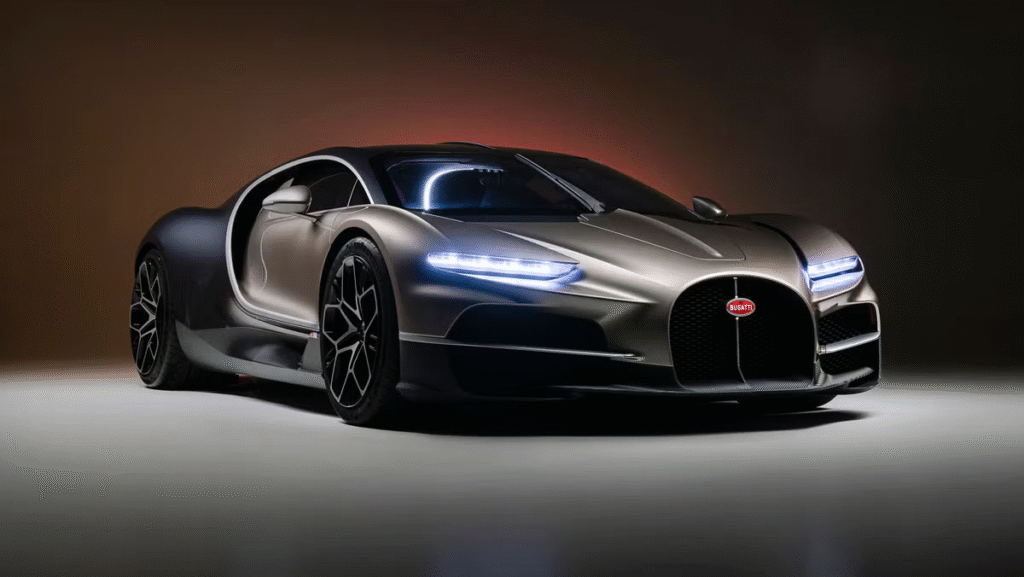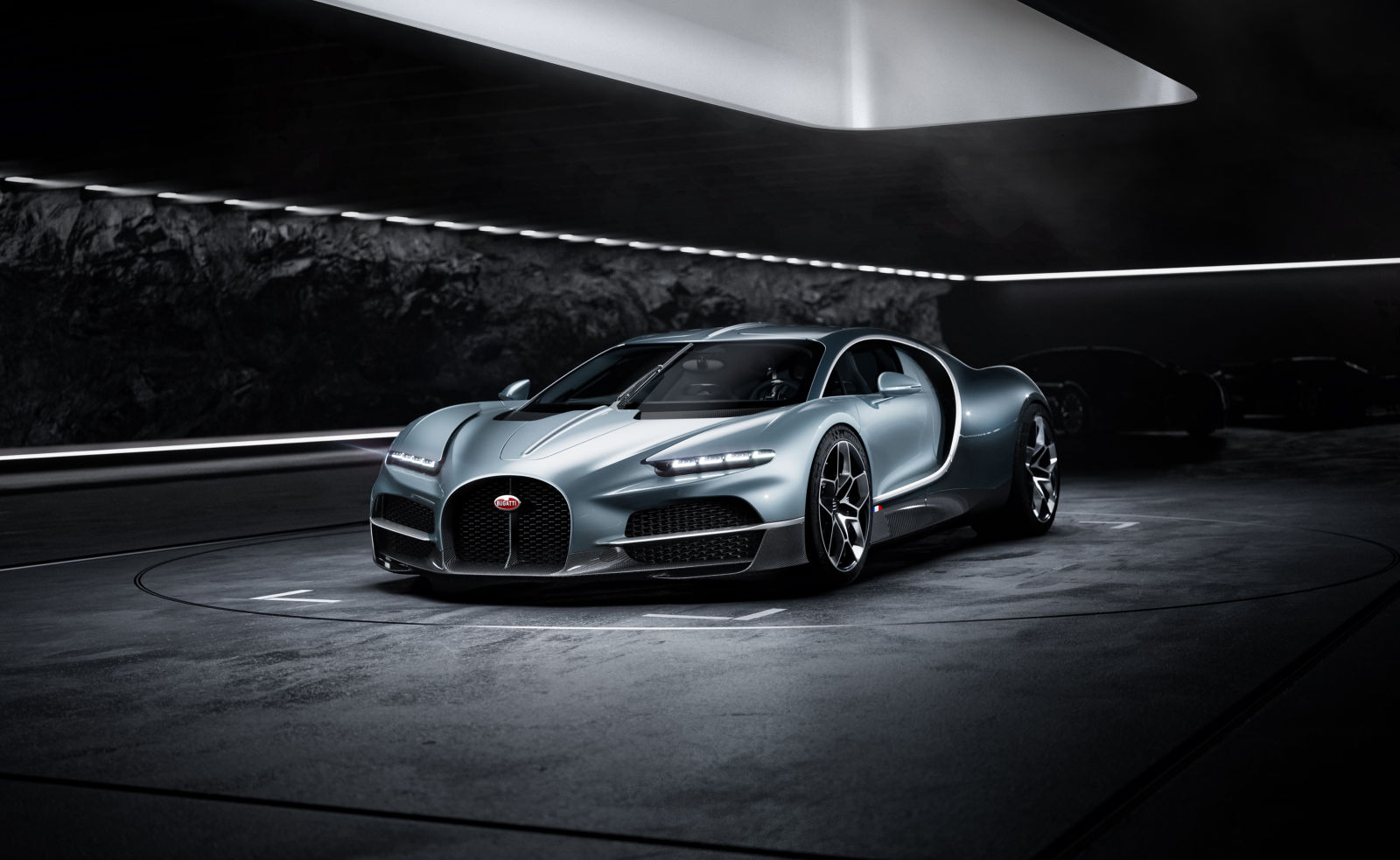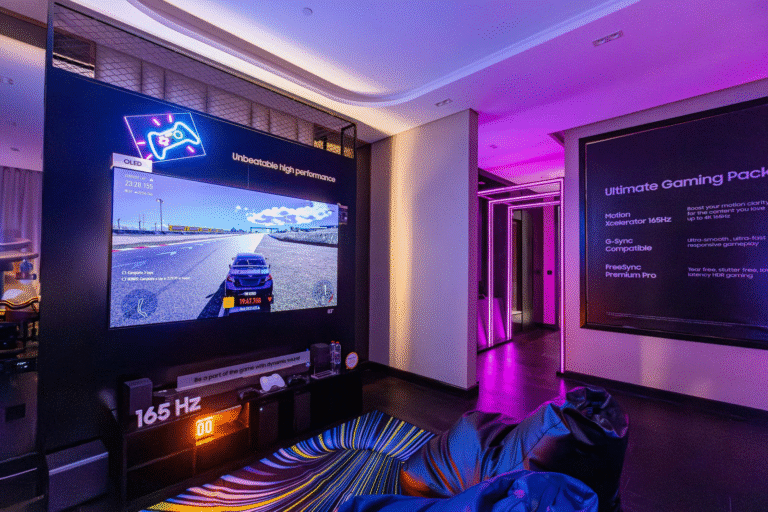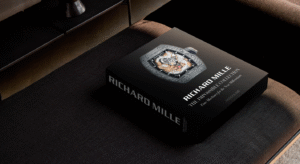There was a major surprise and much fanfare when one Instagram user posted an image of a blacked-out Bugatti Tourbillon.
Bugatti’s next generation hypercar, the Tourbillon, is accelerating towards production as it undergoes rigorous pre-production testing in extreme climates. An all-black prototype of the car was spotted on the streets of the United Arab Emirates, enduring the region’s intense summer heat—an essential step in validating the vehicle’s hybrid powertrain and boundary-pushing engineering.
The Tourbillon will succeed Bugatti’s iconic Chiron, which has defined the brand’s performance legacy since its launch in 2016. Now, after a decade of dominating the supercar world, the Chiron is making way for a new era of hypercar innovation and technology. The Tourbillon—named after an intricate mechanism in the world of watchmaking—promises to be as precise as it is powerful.

The Bugatti Tourbillon will feature a revolutionary 8.3-litre naturally aspirated V16 engine, developed in collaboration with Cosworth. The engine alone delivers a staggering 986 horsepower at 9,000 RPM. Complementing the engine are three electric motors—two at the front and one at the rear—providing an additional 789 horsepower. The combined output? A heart-stopping 1,775 horsepower.
This new hybrid setup marks a shift for the French manufacturer, aligning with several other supercar makers who are incorporating electric power into their line-ups. The Tourbillon will blend traditional combustion power with cutting-edge electrification. The extreme weather testing in the UAE is crucial to ensure the hybrid system performs flawlessly under the harshest conditions.
Production of the Tourbillon is expected to begin in 2026, with Bugatti planning to produce only 250 units. Each vehicle will be priced at around $4.5 million, making it one of the most expensive cars ever produced. Meanwhile, at Bugatti’s Molsheim facility, the final units of the W16-powered Mistral are being completed, closing a chapter on one of the most iconic engines in supercar history.
As for the Tourbillon, it is shaping up to be more than just a successor—it is a bold step into the future of hypercars.







